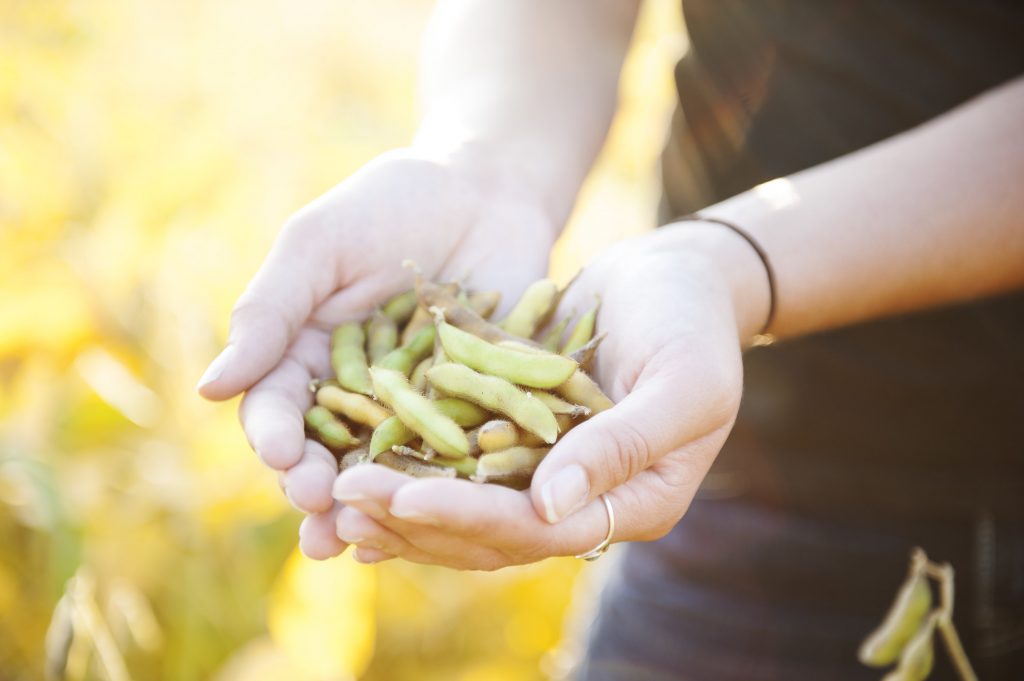Balancing act for affordable food

Go to any grocery store, and you can overhear a lot of interesting conversations. You can overhear a parent with a couple of kids talking about the price of food, and where to go to find it cheaper. Walking through the aisle, you can hear people reading the food labels – from nutrition information to sustainably grown labels to eco-friendly packaging labels.
What is the ultimate demand of people when it comes to food? To grow our food products sustainably, or to have them be affordable for all families in the grocery store? And do we have to choose?
We have shared many posts about sustainable grain farming, and about how in Canada we have some of the cheapest food in the world.
But, it’s a balancing act to ensure both needs are being met – and it all starts at the farm.
In order to keep food affordable, many farmers are working to cut back on their farm expenses – this helps to keep food cheaper in the grocery store, but maybe not in the way you would think. Farmers cut down expenses because they need to be able to make a living wage off the farm and still sell their grain for the prices offered, which have remained fairly low and consistent for the last decade. Food costs rising up is rarely a result of the farmer – farmers don’t even set their own prices for the grain they sell!
Some expenses farmers are mindful about can include fertilizers, pesticides, fuel and seed costs to name a few.
And, cutting back on many of these expenses can help a farmer reduce their environmental footprint and be more sustainable.
But farms still need to produce (or yield) enough to feed others, and to be a sustainable business for future generations.
That’s why it’s all about balance.
Fertilizers are needed to keep growing plants healthy – essentially fertilizer is a plant food that provides the necessary (and calculated) nutrients amounts needed. Cutting back on these could cause sick crops that won’t be viable for food production. At that point, a farmer has wasted seed, inputs, fuel and there will be wasted, useless food left in the fields.
Pesticides, which encompasses weed treatments, insect treatments and fungus treatments, is a pretty scary word for many people, but basically they are used to eliminate pest threats in the fields. Pests can destroy an entire crop if left unchecked, and farmers additionally have to ensure health and safety regulations are met for food with regard to bugs in the food. Pesticides are also incredibly expensive, so farmers use the minimum amount, but without them, farms would be reducing the amount of food going into our food system, because the crop would die in the field from pests, or would be deemed unsafe for human consumption.
Another thing to note, and any gardener would agree, where a weed grows, nothing else will… Weeds can choke out our food if they are not dealt with.
Other sustainable practices can come at a cost as well – planting cover crops means purchasing more seed, and modern technology like yield monitoring units are an additional expense.
It’s a fine balance between cutting back on expenses to help keep food affordable, and ensuring that as a farmer and a protector of the land, #YourFarmers are producing enough grains to keep the food system full AND ensure the practices used are not causing negative impacts on our environment.
At the end of the day, farmers use technology, science, experience and generations of knowledge to strike that balance and keep their costs, and thus our costs low, but also protecting the land – the very land that their businesses and families rely on.
Watch how grain farmer, Josh and his family farm knowing, affordable is a priority for all Ontario families including his own.



